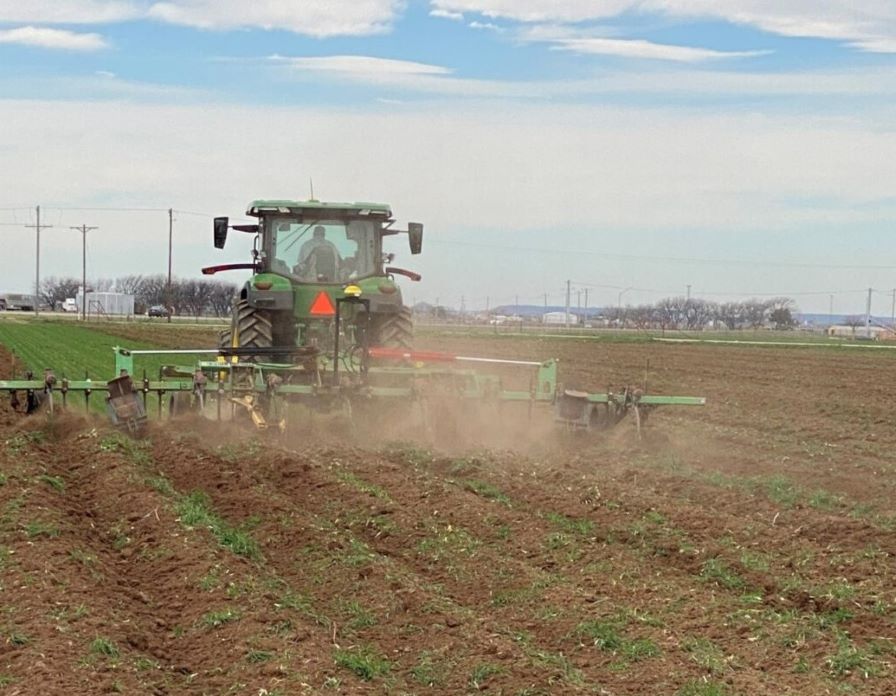Market Bumps Up on News of Smaller U.S. Crop Numbers
USDA’s December supply demand report gave the market something to crow about this week. And caw it did.
Hopefully, the cawing will not be so loud as to bring about a murder, but the signals are lining up to signal an annual bottom in the market. Of course, I have called about six of the last three bottoms, so calling a bottom may be a bit overrated.
Price consolidation between 59 and 61 cents has been very consistent in spite of a number of seemingly bearish signals filtering through the trading ring. Too, fundamental news is beginning to line up in favor of stable to slightly higher prices.
The huge surprise in the report resulted from USDA lowering Texas yields – and therefore, the U.S. crop – by 500,000 bales, mostly all in Texas. Typically, such a change generates a similar change in exports (consumption). However, in lowering the U.S. crop to 15.9 million bales, USDA left exports unchanged at 10.0 million bales and reduced ending stocks the same 500,000 bales, dropping it to 4.6 million.
The implication is clear – consumption will not be deterred by the smaller crop. Thus, there is a global demand shift in favor of U.S. cotton, and the implication is a relative higher price.
Now, I am not suggesting there is additional money for Christmas, but I do note the current technical buy signals in the nearby March contract. Coupled with the passing of the peak harvest period in the Northern Hemisphere, the strategy of selling the physical crop at harvest and buying calls to participate in rising prices is in the beginning stage of reaping a market gain.
While USDA’s take on world supply demand continues to point to the burdensome problem of world stocks, it raised world carryover 600,000 bales, up to 108 million. But consumption was lowered some 1.2 million bales, down below 113 million. Thus, the world stocks-to-use ratio is now near 95 percent – a very unhealthy statistic for any significant price rally.
However, that does not tell the story of useable stocks, the demand for quality cotton, the demand for U.S. cotton and the Chinese style free market.
The shortage of quality cotton continues to haunt the market as events in the Southern Hemisphere continue to erode the outlook for that very important supply of high quality cotton. Many of you are no doubt tired of hearing my preaching about quality. Yet, it is this situation that will support both the U.S. and world cotton prices. Too, it is the same quality issue that will lead to more imports of U.S. cotton to China.
The list of technical “buy” signals as of the weekly close included the 10-day and 20-day moving averages. Granted, the 100-day moving average has not signaled a buy, but other indications point to a limited rally.
The market hit a monthly high this week, and the tight price consolidation trading phase lends itself to higher trading. One could argue that the strength in the U.S. dollar is a bearish signal, yet export commitments are above 75 percent of the USDA export estimate for 2014-15. Too, export shipments continue to hit new marketing year highs. Thus, with price volatility very low, the March contract speaks of a rally.
Additionally, do not forget the seasonals. As noted last week, the market is nearing a period that calls for a seasonal rally. How important are seasonals? I always told my students that seasonals were the single most important notes they should scribble on their hands before taking a test.
The 61 cent area, basis the March contract, offers overhead price resistance. However, penetration of that level will offer a move to 63 cents. A successful penetration of 63 cents offers a 65 cent market. But let’s not get too far ahead of ourselves.









